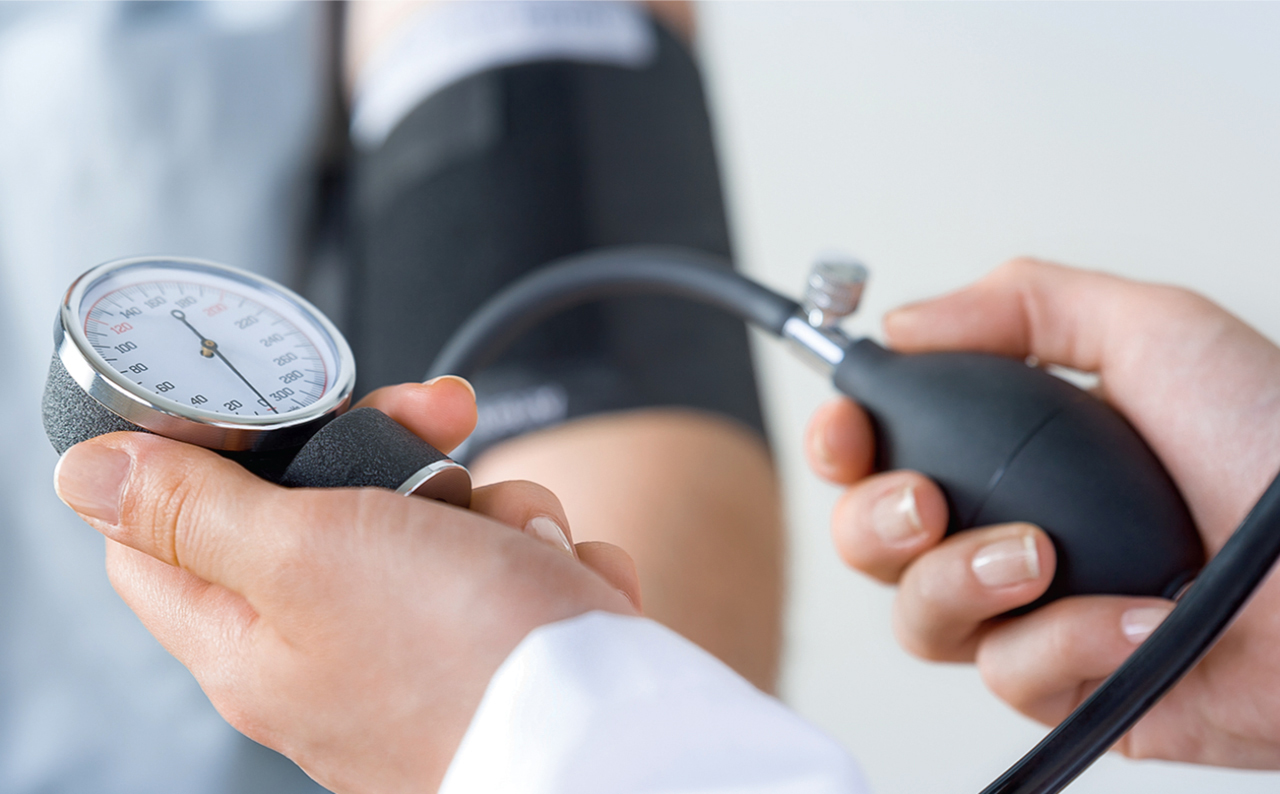
Different Doctors, Different Diagnosis: What you Need to Know about High Blood Pressure
If you have been told recently that you have high blood pressure, you are not alone. Statistics published by the CDC present a clear picture of how high blood pressure and hypertension are affecting Americans:
- Having hypertension puts you at risk for heart disease and stroke, which are leading causes of death in the United States.
- In 2018, nearly half a million deaths in the United States included hypertension as a primary or contributing cause.
- Nearly half of adults in the United States (108 million, or 45%) have hypertension or are taking medication for hypertension.
- Only about 1 in 4 adults (24%) with hypertension have their condition under control.
- High blood pressure was a primary or contributing cause of death for more than 494,873 people in the United States in 2018.
- High blood pressure costs the United States about $131 billion each year, averaged over 12 years from 2003 to 2014.
While the above stats provide a good picture of high blood pressure across the national landscape, they neglect the variations that exist. The CDC provides the following data to demonstrate the differences in the rates of high blood pressure by gender and race.
- A greater percent of men (47%) have high blood pressure than women (43%).
- High blood pressure is more common in non-Hispanic black adults (54%) than in non-Hispanic white adults (46%), non-Hispanic Asian adults (39%), or Hispanic adults (36%).
- Among those recommended to take blood pressure medication, blood pressure control is higher among non-Hispanic white adults (32%) than in non-Hispanic black adults (25%), non-Hispanic Asian adults (19%), or Hispanic adults (25%).3
Aside from the above individual characteristics, did you know that high blood pressure is more prevalent in certain states than in others? The states with the highest incidents of high blood pressure are: Indiana, Kentucky, West Virginia, Tennessee, South Carolina, Mississippi, Alabama, Louisiana, Arkansas and Oklahoma. The states with the lowest incidents of high blood pressure are: California, Oregon, Montana, Utah, Colorado, Minnesota, New York, Vermont, New Hampshire, Massachusetts and Connecticut. If you’d like to know how your state stacks up, you can view a map by clicking here.
Diet and lack of exercise are the main contributing factors to high blood pressure. A diet high in fat and salt can have a direct affect on raising blood pressure. Eating excess sugar and carbs can lead to unintentional weight gain that makes it hard for the heart to pump blood through the body, which leads to high blood pressure. These eating habits combined with a sedentary lifestyle on the couch is setting a course for high blood pressure and heart disease.
The above shows how your lifestyle, gender, race, or even the state you live in could impact your potential for developing high blood pressure. What if I said that your doctor could be a variable that impacts your diagnosis of having high blood pressure?
In 2017 new guidelines were established for defining high blood pressure, which considerably changed the number of people diagnosed. A recent Chicago Sun Times report highlighted the impact of this change:
“About 46 percent of adults have hypertension under the guidelines, which are more aggressive than those that came before. They set the threshold for stage one high blood pressure at 130/80, down from the previous benchmark of 140/90.”
“But primary-care doctor groups are critical of those standards, which they say could lead to over-diagnosis and over-medication – potential problems themselves when patients don’t need them.”
“The American College of Physicians and the American Academy of Family Physicians recommend medication for adults aged 60 or older with blood pressure above 150. People with a history of stroke or heart trouble should take medication to keep their blood pressure below 140.”
Chicago Sun Times Report
This leaves patients in a situation where their diagnosis could depend on whether the doctor has adopted the new guidelines, or if they are still using the old ones. In other words, if you went to 2 doctors with a blood pressure of 131 there is a chance one would diagnose you with high blood pressure and one would not. Regardless, if your blood pressure is in the 130s – take it as a warning sign and start changing your lifestyle habits.
While guidelines can vary and sometimes not be clear, the blood pressure cuff always tells the truth. Keep an eye on it and use it to direct changes in your lifestyle to keep your blood pressure in the safe zone.

Recent Comments